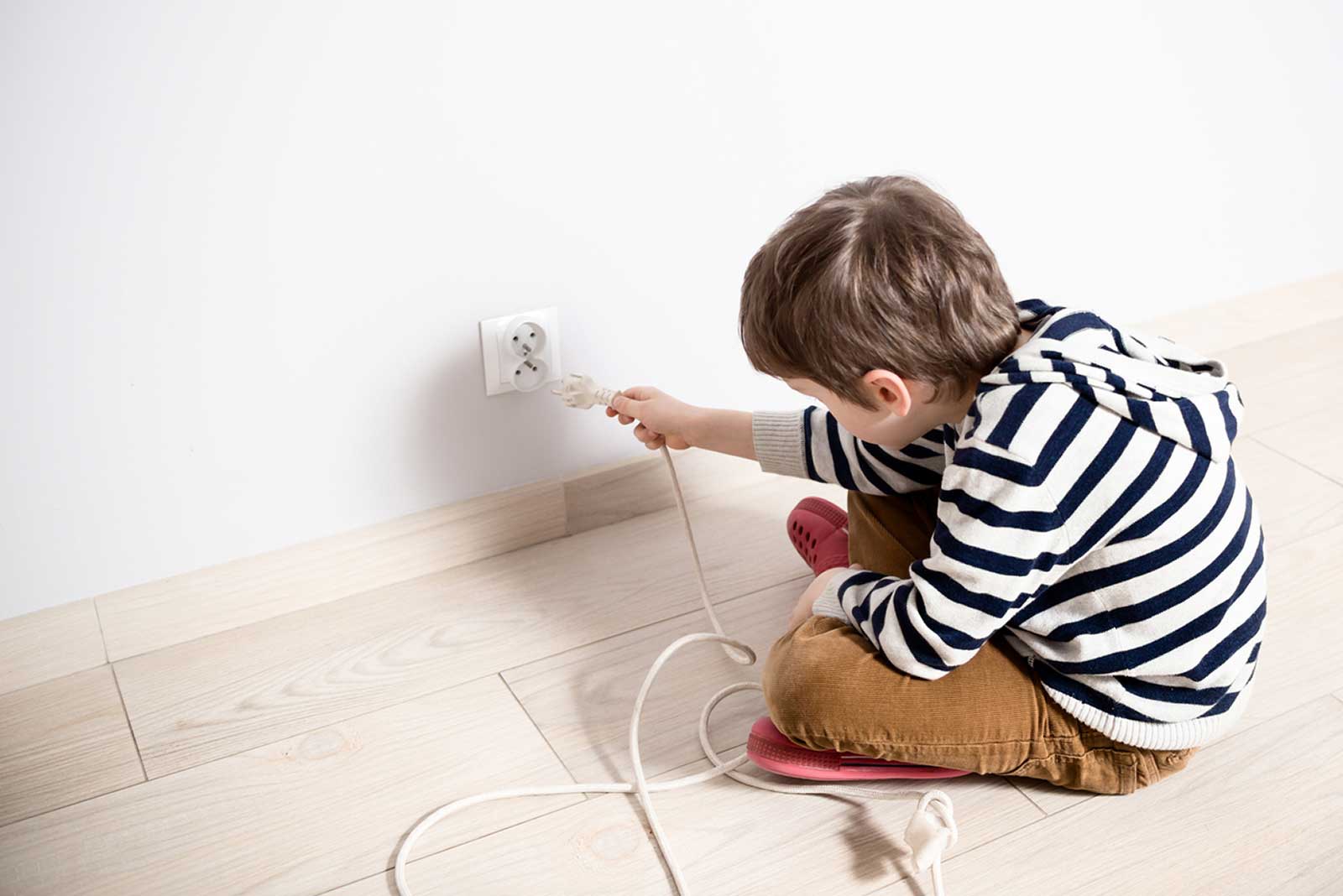Electrical Safety for Kids: Keeping the Little Ones Safe and Informed
Electricity is a necessary element of our daily life since it powers our homes, schools, and jobs. While it delivers various benefits, it may also pose substantial hazards, particularly to young children who may not fully appreciate the risks. It is critical for parents and caregivers to emphasize electrical safety for children, providing them with information and procedures to protect their safety. In this post, we will look at several areas of electrical safety, from fundamental education to practical advice for making our homes safe for our children.
Education is Key: Teaching Children about Electricity
 Education is one of the first measures in promoting electrical safety for children. Children should be taught the fundamentals of electricity, including its advantages and its perils. Explain that electricity is a strong tool that should be utilized wisely. Teach kids to avoid touching electrical outlets, power cords, and appliances, especially if their hands are damp. Encourage children to ask questions and seek explanation anytime they have a query concerning electricity.
Education is one of the first measures in promoting electrical safety for children. Children should be taught the fundamentals of electricity, including its advantages and its perils. Explain that electricity is a strong tool that should be utilized wisely. Teach kids to avoid touching electrical outlets, power cords, and appliances, especially if their hands are damp. Encourage children to ask questions and seek explanation anytime they have a query concerning electricity.
Supervision and Boundaries: Active Adult Involvement
Young children require constant supervision when it comes to electrical safety. As a parent or caregiver, it is essential to establish clear boundaries and rules regarding electrical appliances and outlets. Teach them that electrical items are not toys and should only be handled by adults. Encourage them to seek your assistance whenever they need to plug or unplug something. By actively supervising their interactions with electricity, you can prevent accidents and ensure their safety.
Cover Up: Outlet Safety Measures
Electrical outlets pose a significant risk for young children, who may be curious and inclined to insert objects into them. To prevent accidents, install outlet covers or protectors that cover the outlets completely. These covers are designed to prevent children from accessing the electrical contacts inside the outlets. Additionally, keep cords and wires out of reach by using cord shorteners or organizers to minimize the temptation for little hands to pull on them.
Cord Safety: Tidy and Secure
 Loose cords and cables can be a tripping hazard for both children and adults. Keep cords organized and out of the way by using cord clips, ties, or cable management systems. Avoid running cords under rugs or carpets where they can become damaged or overheated. Regularly check cords for signs of wear or fraying and replace them as needed. By maintaining tidy and secure cords, you can reduce the risk of accidents and electrical hazards.
Loose cords and cables can be a tripping hazard for both children and adults. Keep cords organized and out of the way by using cord clips, ties, or cable management systems. Avoid running cords under rugs or carpets where they can become damaged or overheated. Regularly check cords for signs of wear or fraying and replace them as needed. By maintaining tidy and secure cords, you can reduce the risk of accidents and electrical hazards.
Water and Electricity Don’t Mix: Bathroom Safety
The bathroom can be a potentially hazardous area when it comes to electrical safety for kids. Teach children to never touch electrical switches, outlets, or appliances with wet hands. Keep all electrical devices away from water sources such as sinks, bathtubs, and showers. Set up ground fault circuit interrupters (GFCIs) in bathrooms and other damp parts of the house to switch off the power automatically in the event of an electrical fault.
Toy Safety: Choosing and Inspecting Electrical Toys
Toys that operate on electricity can be entertaining and educational for children. However, it is crucial to ensure that these toys meet safety standards and are suitable for their age group. When purchasing electrical toys, look for reputable brands and check for safety certifications. Inspect toys regularly for any signs of damage, loose wires, or overheating. Discard or repair damaged toys immediately to prevent electrical accidents.
Outdoor Precautions: Power Lines and Water Safety
 When it comes to electrical safety for kids, it’s essential to be mindful of outdoor environments. Teach children to stay away from power lines and electrical substations. Explain the dangers of climbing trees near power lines and flying kites or other objects in their vicinity. Additionally, ensure they understand the risks of using electrical devices or swimming near water sources during thunderstorms. Educate them about lightning safety and the importance of seeking shelter indoors during inclement weather.
When it comes to electrical safety for kids, it’s essential to be mindful of outdoor environments. Teach children to stay away from power lines and electrical substations. Explain the dangers of climbing trees near power lines and flying kites or other objects in their vicinity. Additionally, ensure they understand the risks of using electrical devices or swimming near water sources during thunderstorms. Educate them about lightning safety and the importance of seeking shelter indoors during inclement weather.




[…] Having a job is of paramount importance these days. Indeed, there are many jobs in the world. The fact…
[…] Personally, I need a hot shower whether we are in winter or summer because I don’t feel clean otherwise,…
[…] Sound off in the comments section below, and tell us what you want to read next and if you…
[…] unfortunately, when it concerns a major plumbing issue, a botched job might end up causing a lot of harm…
[…] overestimate your talents, either. Sure, some simple jobs (like prevention!) can be done by a handy homeowner. But don’t…